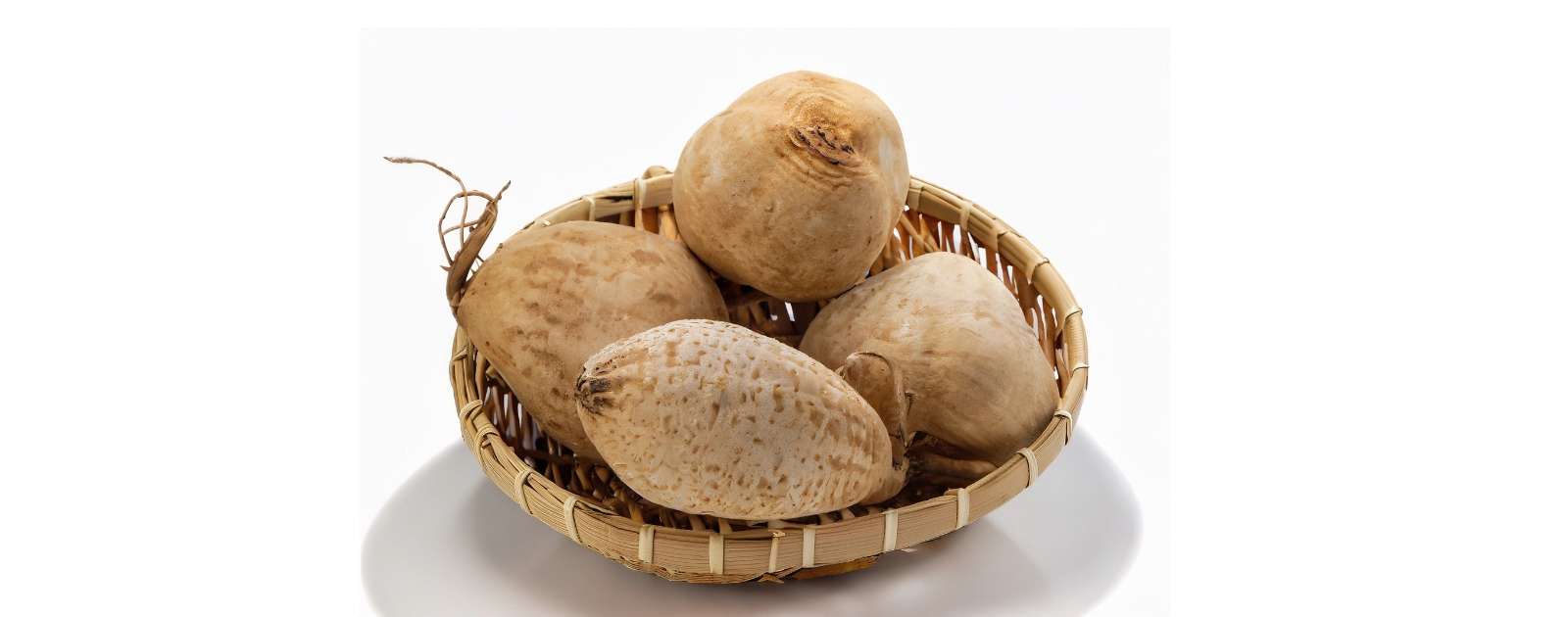Apricots, with their vibrant hue and sweet-tart flavor, are beloved fruits enjoyed by many. They not only tantalize our taste buds but also pack a nutritional punch, making them a favorite in cuisines worldwide. However, like any other fruit, apricots come with their set of challenges, from internal browning to pesky worms. Understanding these issues can make a significant difference in our consumption experience.
This article delves into the common concerns surrounding apricots, offering insights and solutions to ensure you enjoy these golden treasures at their best. Dive in to unravel the mysteries of this delightful fruit.
Before Starting, here’s a quick summary of the article:
Apricots can brown due to maturity, environment, or disease. External spots may indicate minor issues or spoilage. Prevent worms with natural care, and ripen apricots with ethylene-releasing fruits. Proper storage post-picking ensures juicy, sweet results.
1. Understanding Apricot Browning: Causes and Solutions
Why are my apricots brown inside?
Apricots are a delightful fruit, cherished by many for their sweet and tart balance. But have you ever bitten into one, only to discover it’s brown inside? It’s a common concern. Typically, the browning of an apricot from the inside is due to a combination of maturity, environmental conditions, and, in some cases, diseases. When apricots ripen, the enzymes inside the fruit can cause them to turn brown, similar to how an apple browns when cut and exposed to air.
Additionally, abrupt temperature changes or excessive moisture can also lead to internal browning. This doesn’t necessarily mean the apricot is bad, but it’s essential to check for other signs of rotting or mold to ensure it’s safe to consume.
White apricots brown inside: A closer look
Imagine a scenario: the apricot looks pristine white or light-colored from the outside, but when you take a bite, surprise! It’s brown. Does this ring any alarms? Not always. While the browning can be natural, if you find the fruit is overly soft or has a fermented smell, it’s best to avoid eating it.
Sometimes, a fungal infection can also cause this internal browning. If you notice a pattern with apricots from a particular source, switching your supplier or checking the storage conditions might be a good idea.
2. Identifying and Addressing Apricot Issues
Apricot pit burn: What is it and how to treat?
Ever heard of apricot pit burn? It sounds intense, and in some ways, it can be. This condition arises when the area around the apricot’s pit becomes discolored or even scorched-looking. This can be due to fluctuating temperatures during the fruit’s development or inconsistent watering. The good news is, while the fruit might look unappetizing, it’s generally safe to eat. Prevention is better than cure, though. Ensuring consistent watering and shielding the fruit from extreme temperature variations can help mitigate this issue.
Spots on apricots: Are they safe to eat?
Seeing spots on your apricots? Don’t fret immediately. Various factors, such as insects, sunburn, or fungal infections, can lead to spots on apricots. Small imperfections can be harmless and merely cosmetic. However, if the spots are dark, sunken, or the apricot gives off an off-putting odor, it’s a sign that the fruit has gone bad. When in doubt, cut around the spot and inspect the fruit further before consumption.
3. Prevention and Care: Avoiding Common Apricot Problems
How to prevent worms in apricots: Best practices
Worms in apricots can be a real damper on your fruit-eating experience. The key to preventing these unwanted guests is proactive care. Regularly inspecting the apricot tree for signs of pests, ensuring proper spacing for airflow, and even using natural repellents can make a world of difference. Encouraging beneficial insects, like ladybugs, can also help keep those pesky worms at bay. And remember, while chemical treatments are available, opting for organic methods ensures the fruit remains safe for consumption.
4. Tips for Apricot Ripening
How to ripen apricots quickly: Proven techniques
We’ve all been there, eagerly waiting for our apricots to ripen. The anticipation can be unbearable! Here’s a trick: place your apricots in a paper bag with a banana or an apple. These fruits release ethylene gas, a natural ripening agent. Within a day or two, your apricots should be perfectly ripe and ready to enjoy.
Ripening apricots after picking: A step-by-step guide
Just because an apricot is plucked doesn’t mean the ripening process has to end. Once picked, apricots can continue to ripen if stored at room temperature away from direct sunlight. If they’re slightly firm, giving them some time can lead to juicier, sweeter fruits. However, avoid stacking them too closely, as this can lead to mold or quicker rotting due to lack of airflow.
Final Thoughts
Ah, apricots! These golden gems can be a treat when they’re in perfect condition. Being aware of common issues and understanding ripening techniques can elevate your apricot experience from good to phenomenal.
So, the next time you’re met with a not-so-perfect apricot, remember these tips and tricks. With a little knowledge and care, every apricot can be a bite of perfection!

